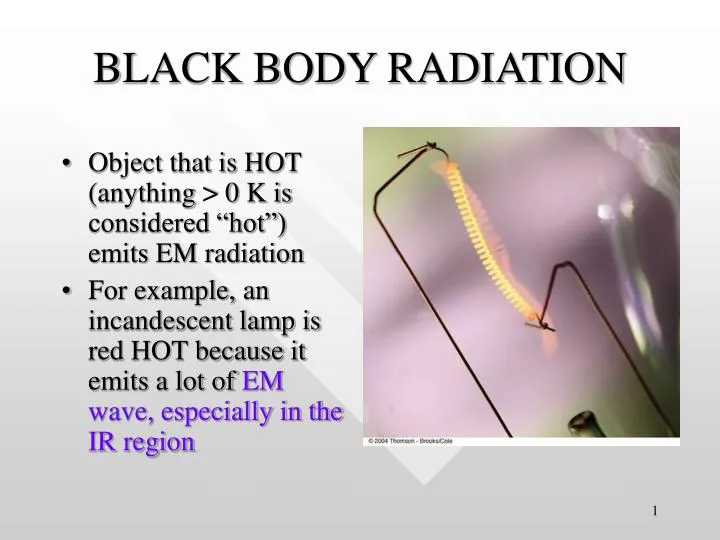
But some of these tumors can still be treated to make them smaller so that the person can feel better. Sometimes cancer has spread too much to be cured. To treat symptoms caused by advanced cancer

Sometimes, radiation to prevent future cancer can be given at the same time that radiation is given to treat existing cancer, especially if the area the cancer might spread to is close to the tumor itself. This is done to help prevent cancer from spreading to the head even before it can. For instance, people with certain kinds of lung cancer may get radiation to the head, even when there is no cancer known to be there, because their type of lung cancer often spreads to the brain. In some cases, the area where the cancer most often spreads to may be treated with radiation to kill any cancer cells before they grow into tumors. Doctors often assume that a few cancer cells might already have spread even when they can’t be seen on imaging scans like CT scans or MRIs. To stop cancer from coming back (recurring) somewhere elseĬancer can spread from where it started to other body parts. One drawback, though, is that side effects are often worse when they are given together. Research has shown that when anti-cancer drugs and radiation are given together for certain types of cancer, they can help each other work even better than if they were given alone. Certain drugs (called radiosensitizers) help radiation work better by making cancer cells more sensitive to radiation. This is because radiation can cause less damage and the part of the body involved may be more likely to work the way it should after treatment.įor some types of cancer, radiation and chemotherapy or other types of anti-cancer drugs might be used together. For other cancers, radiation may be used before surgery to shrink the tumor (this is called pre-operative therapy or neoadjuvant therapy), or after surgery to help keep the cancer from coming back (called adjuvant therapy).įor certain cancers that can be cured either by radiation or by surgery, radiation may be the preferred treatment. In some cases, chemotherapy or other anti-cancer drugs may be given first. Radiation may be used by itself in these cases to make the cancer shrink or completely go away. Some cancers are very sensitive to radiation. While it's important to remember each cancer and each person is different, radiation is often the treatment of choice for the following purposes. Still, radiation therapy can be used to treat many types of cancer either alone or in combination with other treatments. Most types of radiation therapy don’t reach all parts of the body, which means they’re not helpful in treating cancer that has spread to many places within the body.

The decision to use radiation therapy depends on the type and stage of cancer, and other health problems a patient might have. Sometimes, radiation therapy is the only cancer treatment needed and sometimes it's used with other types of treatment. More than half of people with cancer get radiation therapy. Even though this type of radiation does travel throughout the body, the radioactive substance mostly collects in the area of the tumor, so there’s still little effect on the rest of the body. Some radiation treatments (systemic radiation therapy) use radioactive substances that are given in a vein or by mouth. Radiation treatments are planned so that they damage cancer cells with as little harm as possible to nearby healthy cells. This means it’s usually aimed at and affects only the part of the body needing treatment. While chemotherapy and other treatments that are taken by mouth or injection usually expose the whole body to cancer-fighting drugs, radiation therapy is usually a local treatment. Nearby normal cells can also be affected by radiation, but most recover and go back to working the way they should.

These breaks keep cancer cells from growing and dividing and cause them to die. Radiation works by making small breaks in the DNA inside cells. But cancer cells grow and divide faster than most normal cells. Your cells normally grow and divide to form new cells. Radiation therapy uses high-energy particles or waves, such as x-rays, gamma rays, electron beams, or protons, to destroy or damage cancer cells. Other names for radiation treatment are radiation therapy, radiotherapy, irradiation, and x-ray therapy. Radiation is one of the most common treatments for cancer.


 0 kommentar(er)
0 kommentar(er)
